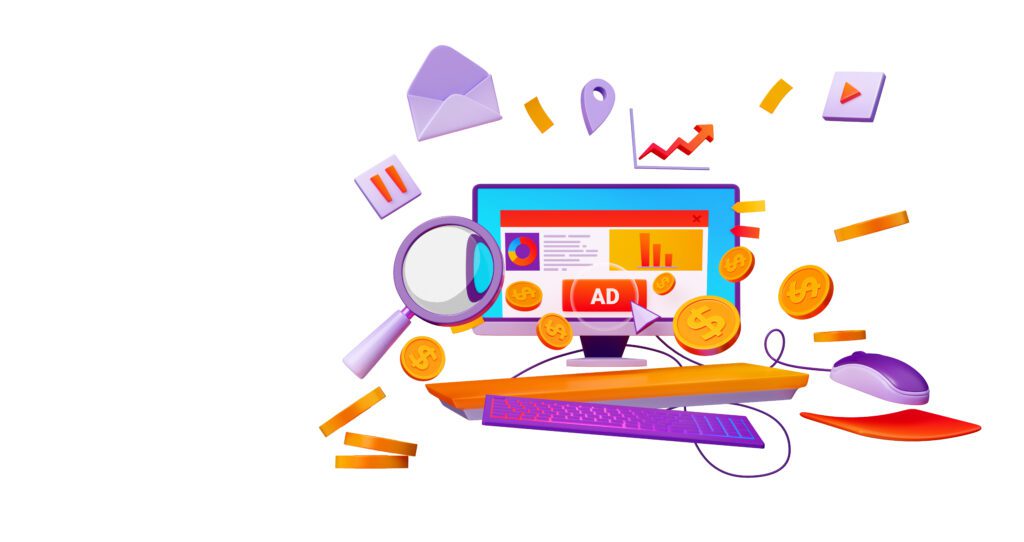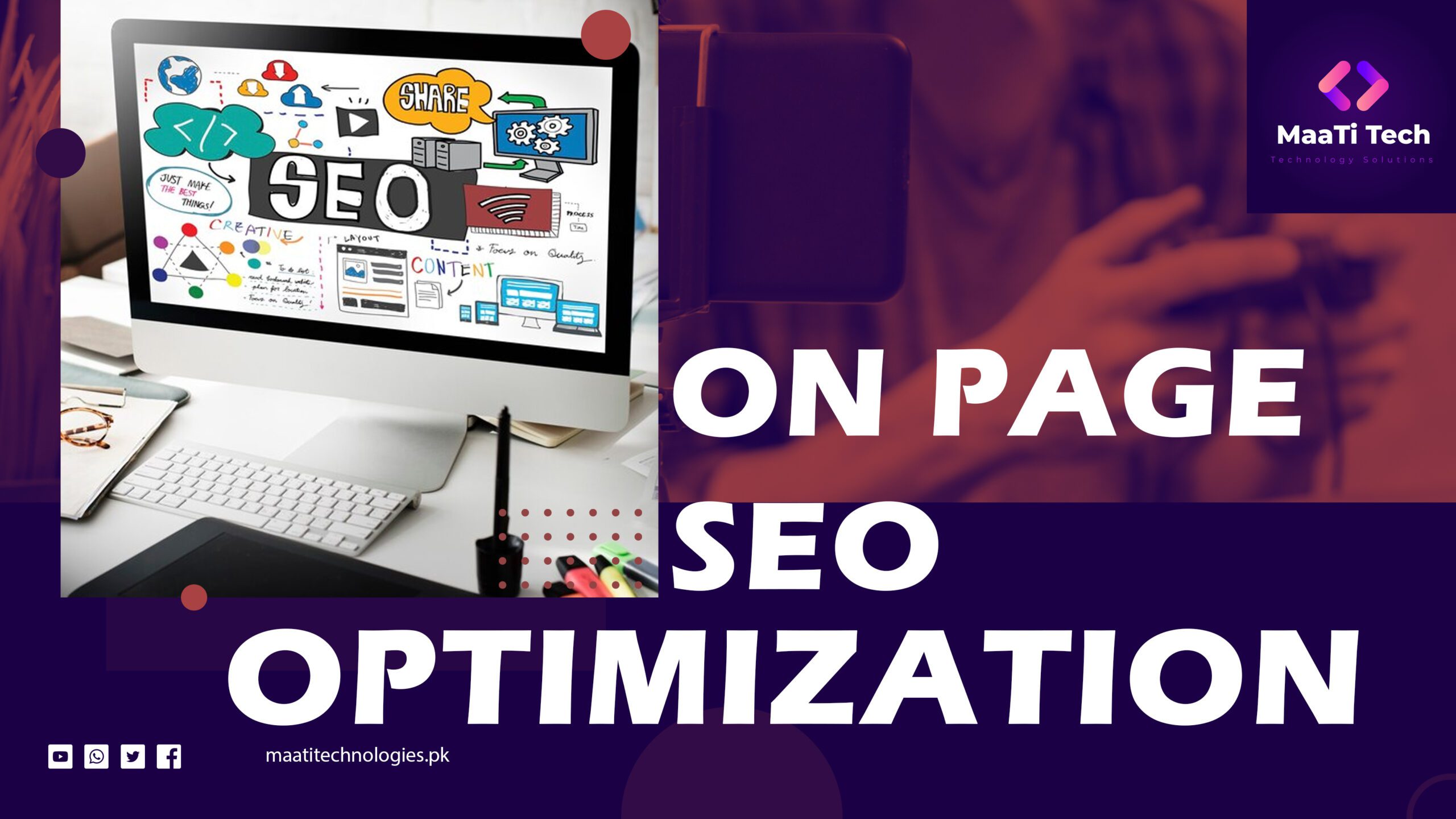On Page SEO: The Ultimate Guide to Mastering On Page Optimization Like a Pro
In the ever-evolving world of digital marketing, on page SEO remains a critical component for achieving high search engine rankings and driving organic traffic. Whether you’re a beginner or looking to refine your skills, mastering on page SEO can significantly enhance your website’s visibility. In this guide, we’ll explore the key elements of on page SEO and provide actionable tips to optimize your content like a professional.
Table of Contents
What is On Page SEO?
On page SEO refers to the process of optimizing individual web pages to rank higher and earn more relevant traffic in search engines. This involves optimizing both the content and HTML source code of a page, as opposed to off page SEO, which involves external signals like backlinks.

Why is On Page SEO Important?
On page SEO is crucial because it helps search engines understand your website and its content, determining its relevance to a user’s search query. Effective on-page optimization can lead to improved search rankings, increased visibility, and more qualified traffic, which ultimately results in higher conversions.
Key Elements of On-Page SEO
To achieve optimal on page SEO, focus on the following critical elements:
1. Title Tags
The title tag is one of the most important on page SEO factors. It’s the first thing users see in search engine results and serves as a ranking factor. Ensure your title tag:
- Contains the primary keyword.
- Is compelling and click-worthy.
- Is between 50-60 characters long to prevent truncation.
2. Meta Descriptions
Meta descriptions provide a brief summary of a page’s content and can influence click-through rates. For effective meta descriptions:
- Include your target keyword.
- Write a concise, engaging summary of the content (up to 155 characters).
- Use action-oriented language to entice users to click.
3. URL Structure
SEO-friendly URLs are short, descriptive, and contain the target keyword. A well-structured URL improves user experience and helps search engines understand the page’s content. For example:
- Use hyphens to separate words (e.g., yourwebsite.com/on-page-seo-guide).
- Avoid unnecessary words or characters.
- Keep URLs as short as possible while still being descriptive.
4. Headings (H1, H2, H3, etc.)
Headings help organize your content and make it easier for search engines to understand the structure of your page. Follow these best practices:
- Use the H1 tag for the main title, which should include your primary keyword.
- Use H2 and H3 tags for subheadings to break down the content into sections.
- Ensure that each heading is descriptive and relevant to the content that follows.
5. Content Optimization
High-quality, keyword-optimized content is the backbone of on page SEO. Here’s how to create content that ranks:
- Keyword Placement: Use the primary keyword in the first 100-150 words, and naturally throughout the content.
- LSI Keywords: Include Latent Semantic Indexing (LSI) keywords to provide context and relevance.
- Content Length: Aim for in-depth content; longer articles often perform better in search engines.
- Originality: Ensure your content is unique and provides value to the reader.
6. Internal Linking
Internal links connect one page of your website to another, helping users navigate your site and distributing link equity across your pages. Effective internal linking strategies include:
- Linking to relevant content using descriptive anchor text.
- Ensuring all important pages are easily accessible through internal links.
- Avoiding overloading any single page with too many internal links.
7. Image Optimization

Images are essential for engaging users, but they also need to be optimized for search engines. Consider the following:
- File Names: Use descriptive, keyword-rich file names (e.g., on-page-seo-guide.jpg).
- Alt Text: Include alt text for images, describing the image while incorporating the target keyword.
- File Size: Compress images to reduce page load time without sacrificing quality.
8. Page Load Speed
Page speed is a ranking factor that affects both user experience and search engine rankings. Improve your page load speed by:
- Compressing images and other media files.
- Using browser caching.
- Minimizing HTTP requests and using a content delivery network (CDN).
9. Mobile-Friendliness
With more users accessing websites from mobile devices, having a mobile-friendly design is critical. Ensure your website is responsive, meaning it adjusts to fit any screen size. Google’s mobile-first indexing means that mobile-friendly sites are prioritized in search results.
10. User Experience (UX)
User experience is a significant on page SEO factor. A positive UX keeps visitors on your site longer and reduces bounce rates, signaling to search engines that your content is valuable. Focus on:
- Clear and intuitive navigation.
- Readable fonts and text sizes.
- Engaging and relevant content.
RELATED: Best Color Combinations for Websites
Advanced On-Page SEO Techniques
Once you’ve mastered the basics, consider these advanced techniques to further enhance your on page SEO:
1. Schema Markup
Schema markup is a type of microdata that helps search engines understand your content better. Implementing schema markup can improve your rich snippets and increase your click-through rate.
2. Canonical Tags
Use canonical tags to prevent duplicate content issues by specifying the “canonical” or “preferred” version of a webpage. This is especially useful when similar content exists across multiple URLs.
3. Content Updates
Regularly updating your content keeps it fresh and relevant. Search engines favor updated content, especially for time-sensitive topics. Update old posts with new information, images, and optimized keywords.
4. User Engagement Metrics
Monitor user engagement metrics like bounce rate, average session duration, and pages per session. High engagement indicates valuable content and can positively impact your rankings.
Common On-Page SEO Mistakes to Avoid

Even with the best intentions, it’s easy to make mistakes in on-page SEO. Here are some common pitfalls to avoid:
- Keyword Stuffing: Overloading your content with keywords can lead to penalties.
- Duplicate Content: Duplicate content can confuse search engines and result in lower rankings.
- Ignoring Meta Tags: Failing to optimize meta tags means missing out on potential traffic.
- Poor Mobile Experience: Not optimizing for mobile can lead to a loss of a significant portion of traffic.
Conclusion
Mastering on-page SEO is essential for improving your website’s visibility and ranking on search engines. By focusing on the key elements and following best practices, you can optimize your content like a pro and drive more organic traffic to your site.
Remember, on-page SEO is a continuous process. Regularly audit your pages, update your content, and stay informed about the latest SEO trends to maintain and improve your rankings. With the right approach, you’ll be well on your way to achieving on page SEO success.




Pingback: Step-by-Step On-Page SEO Checklist for Beginners 2024